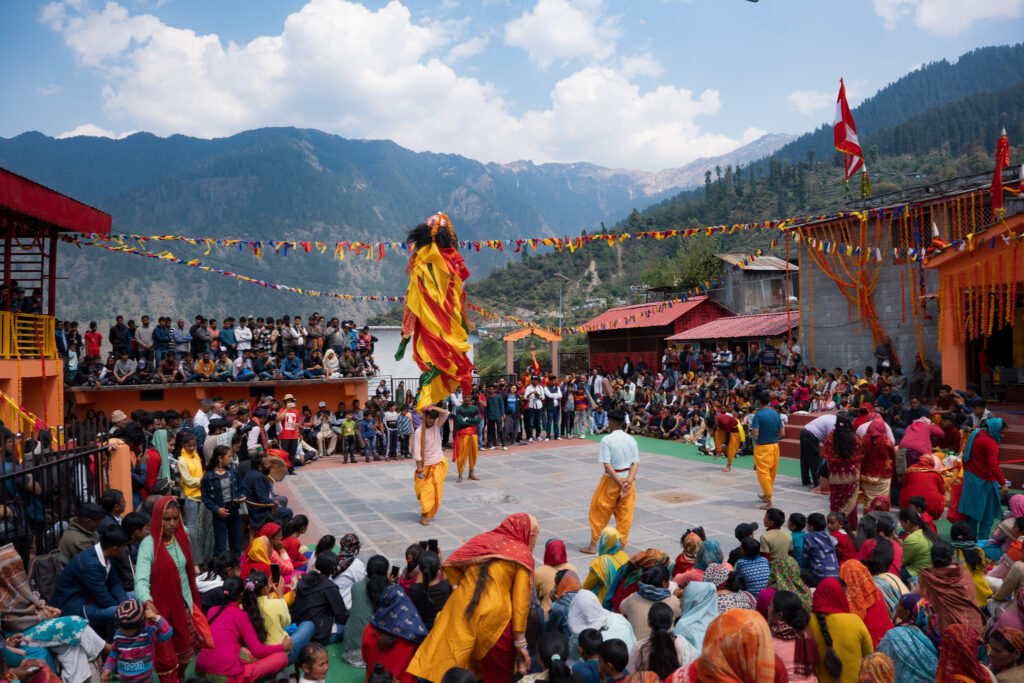In the remote Himalayan village of Saloor Dungra, tucked into the upper reaches of Uttarakhand’s Chamoli district, an annual ritual takes place that is found nowhere else in India. Known as Ramman, this unique blend of ritual, theatre, and community performance unfolds each spring, serving as both a religious observance and a record of cultural memory.
Designated by UNESCO in 2009 as an Intangible Cultural Heritage of Humanity, Ramman is not a festival in the commercial or touristic sense. It is a community-anchored tradition, embedded in the rhythms of local life and performed exclusively by the residents of the twin villages of Saloor and Dungra.
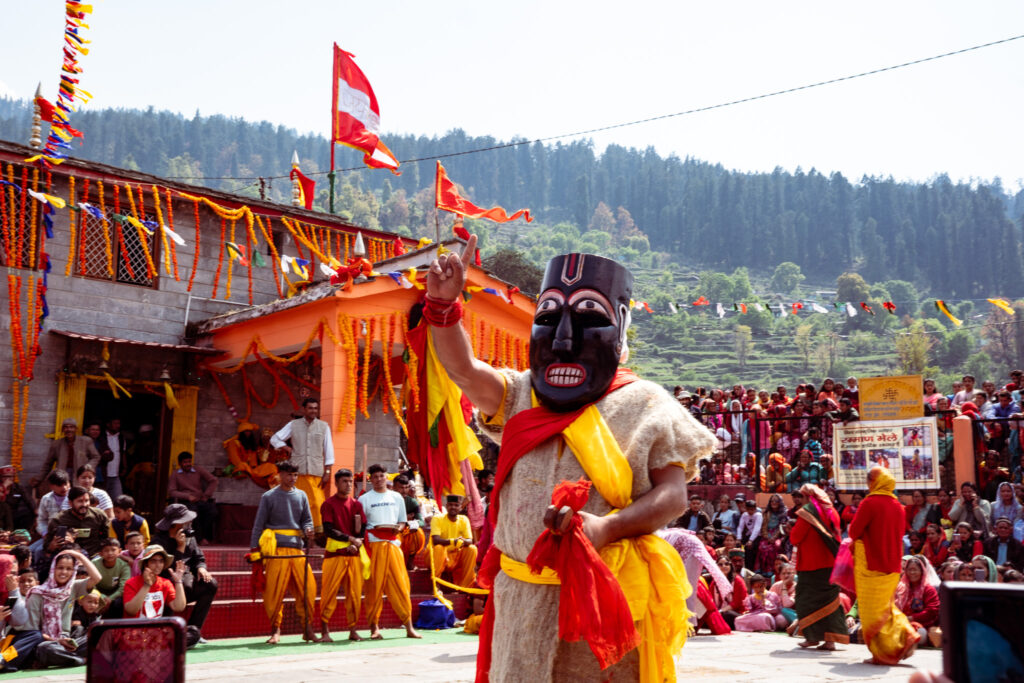
A Ritual for the Village Deity
The center of Ramman is the Bhumiyal Devta, the village’s guardian deity. The festival is held in his honor, typically in April, following the Hindu calendar. It spans multiple days, beginning with religious rituals conducted by priests from the Rajput and Brahmin communities, and evolving into elaborate performances of epic stories, local legends, and social narratives.
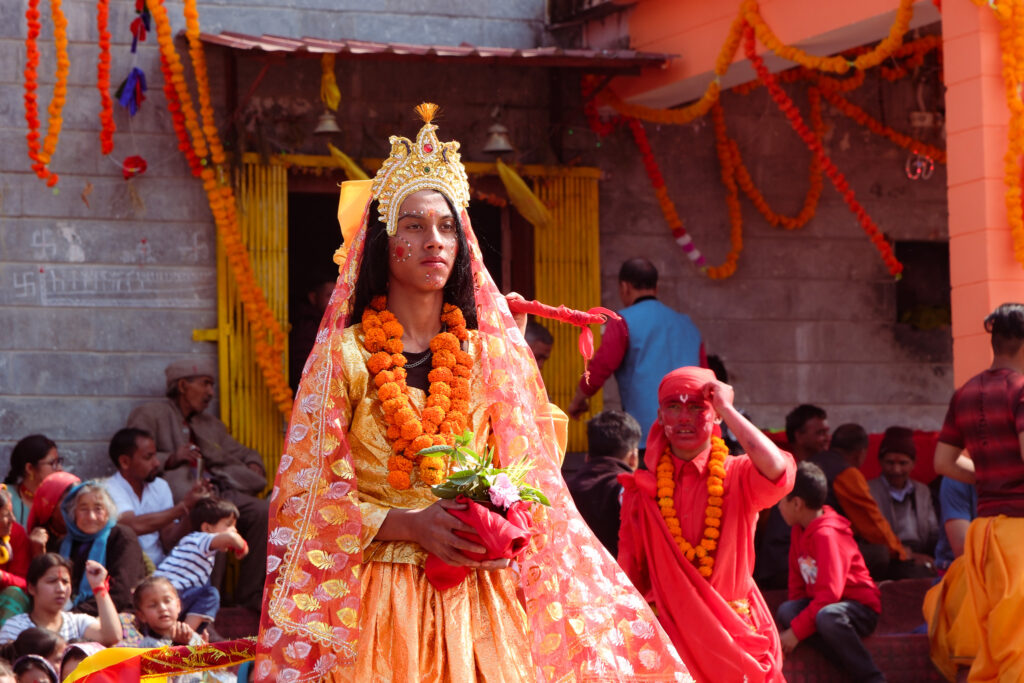
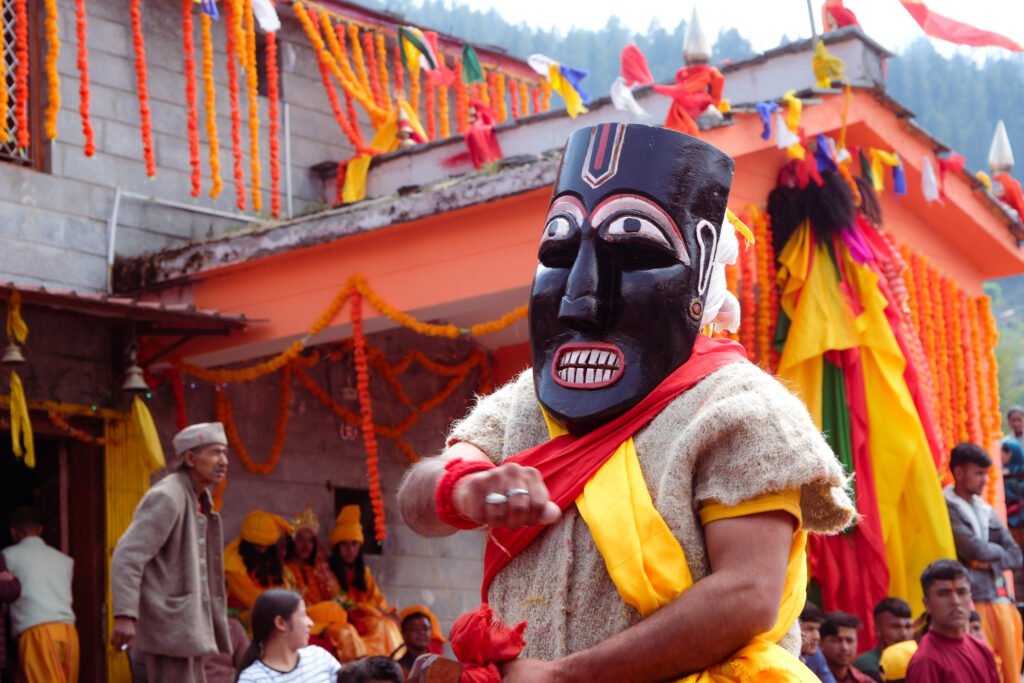
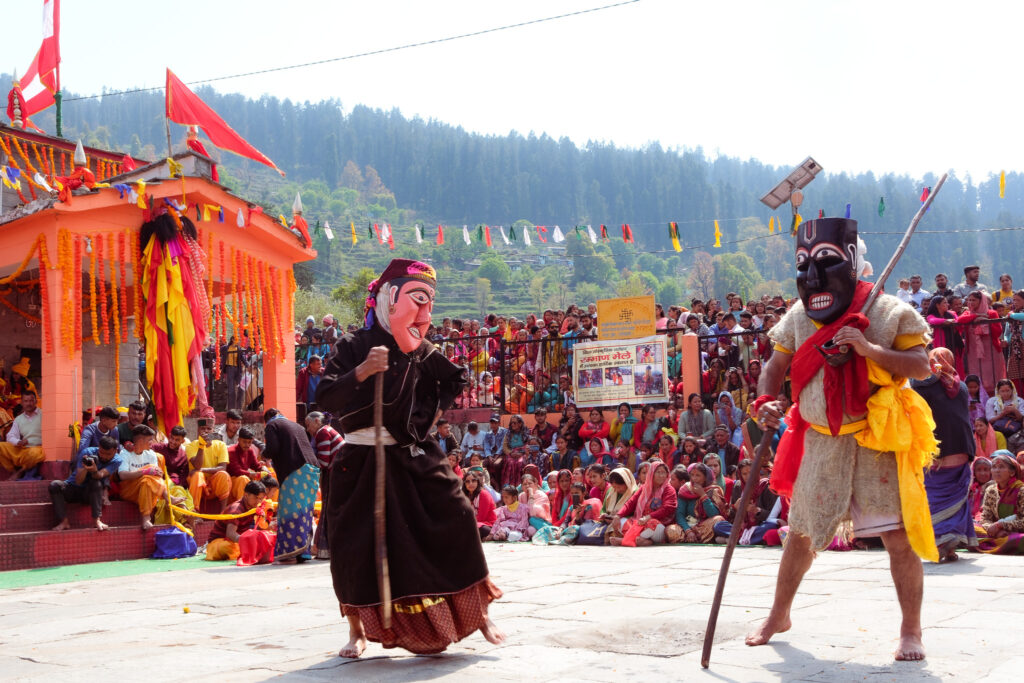
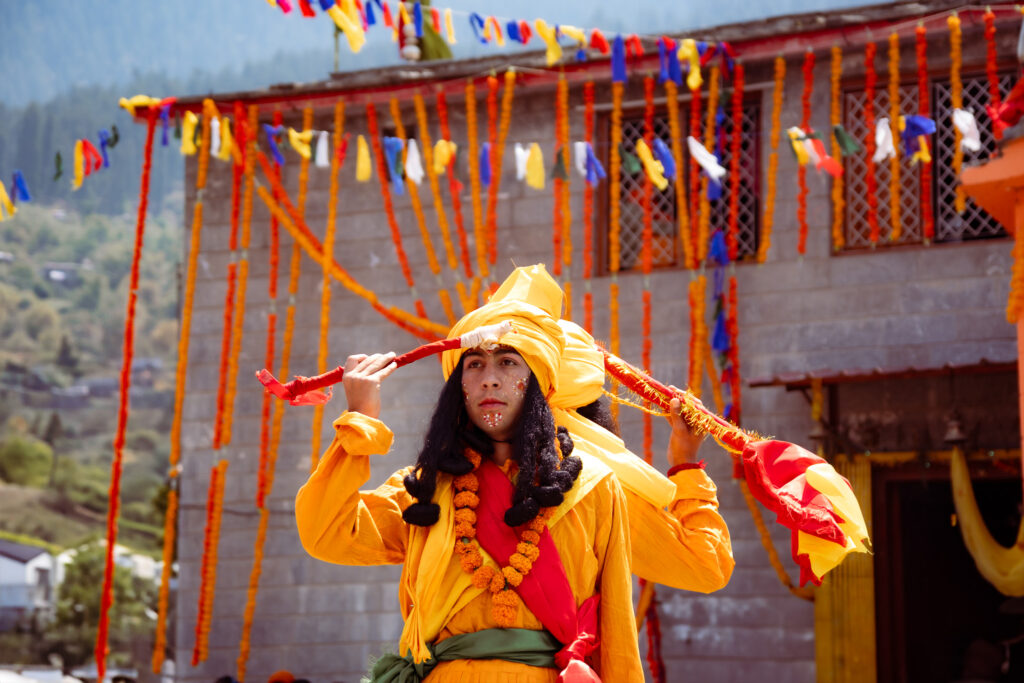
Structure and Performance
At its core, Ramman is a ritual performance of the Ramayana, India’s ancient epic. But unlike temple readings or dramatic retellings seen elsewhere, this version is localized. The text, songs, and choreography are adapted to regional idioms, dialects, and concerns. The story of Rama, the exiled prince who defeats the demon king Ravana, becomes a living cultural script for the village. The festival includes masked dances, humorous interludes, and social satire. Each role is performed by male villagers, who inherit their parts through generations and prepare extensively in the weeks leading up to the event.
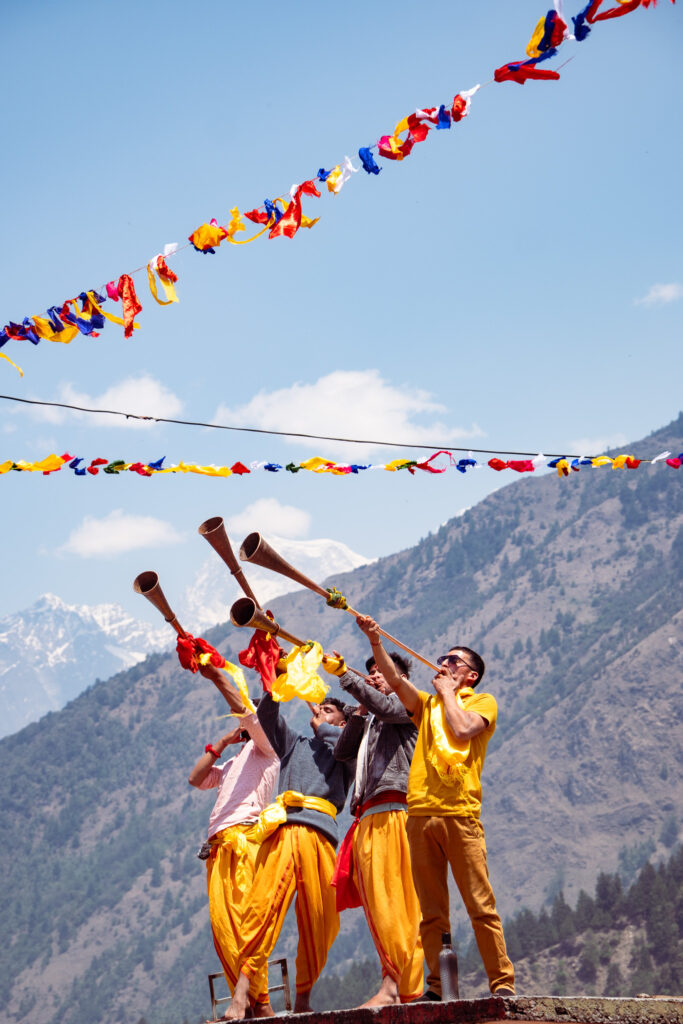
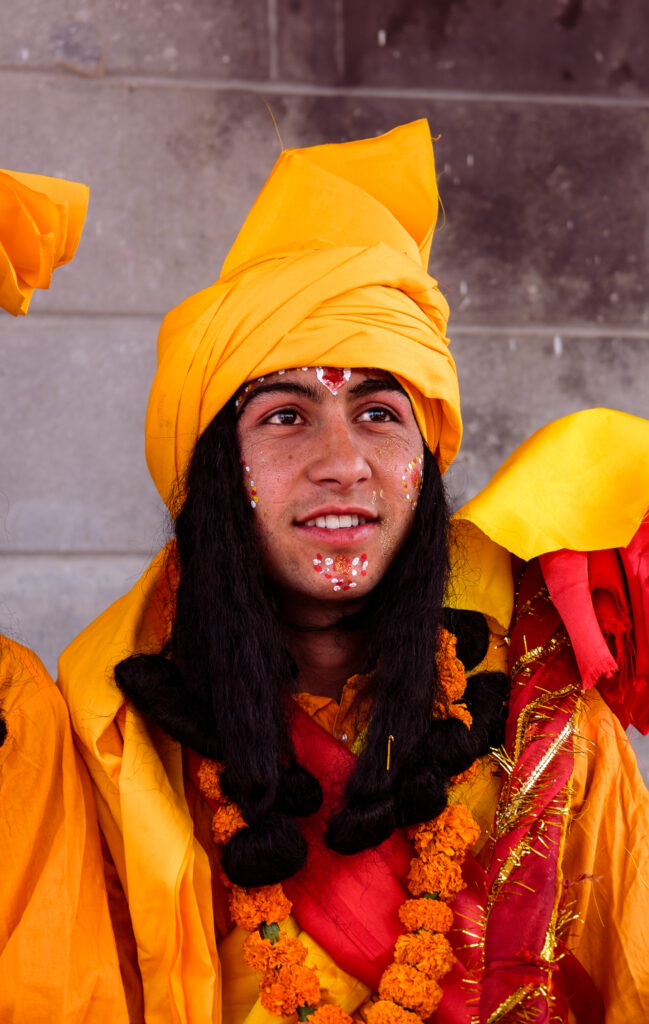
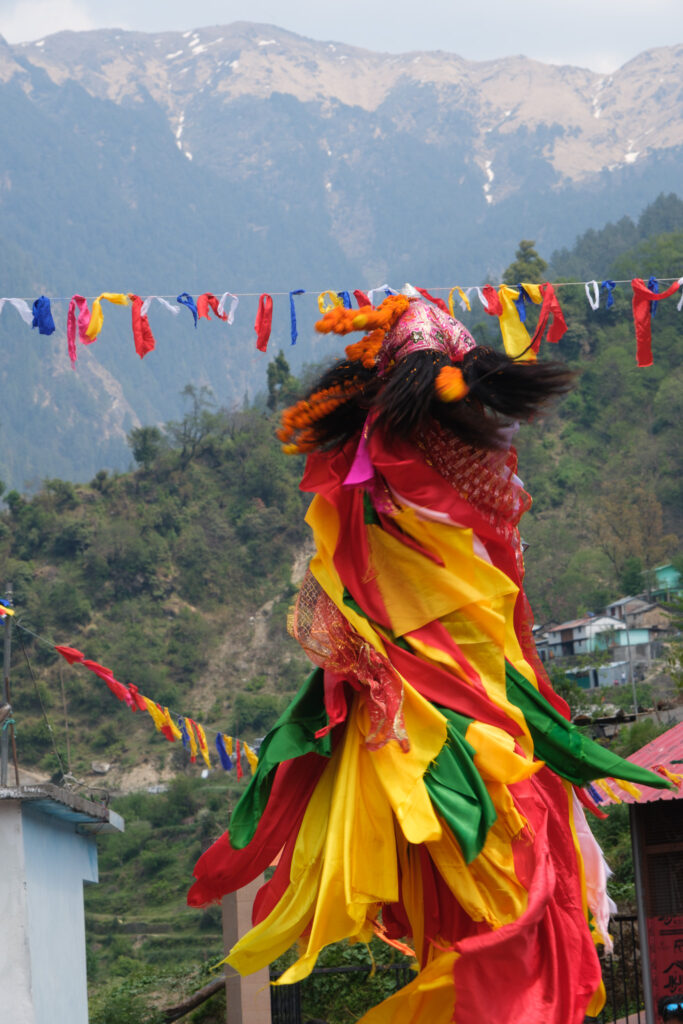
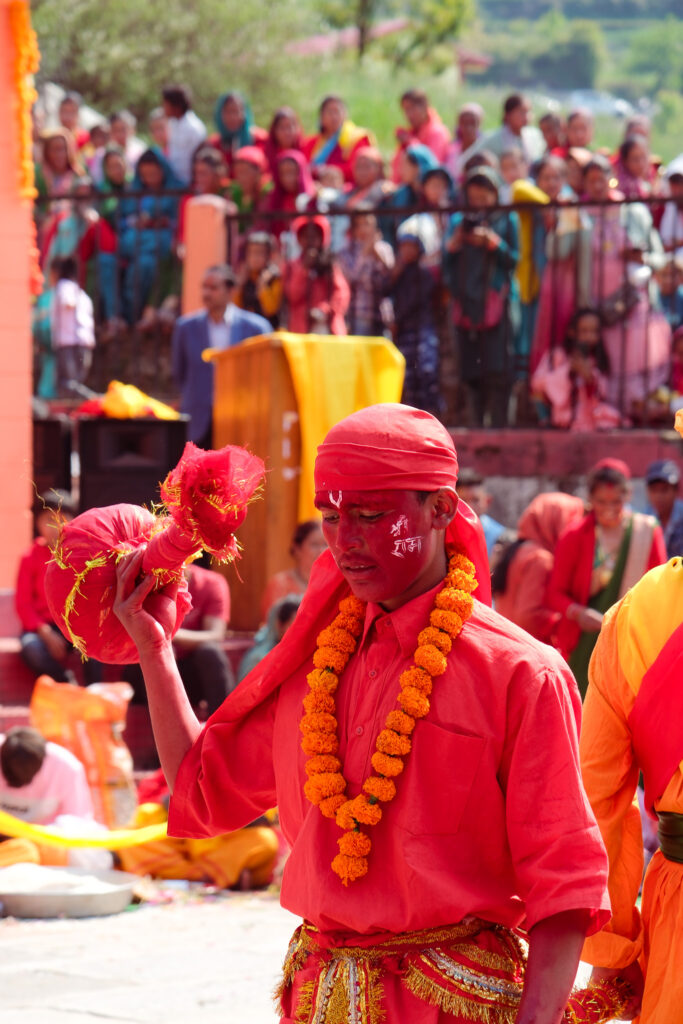
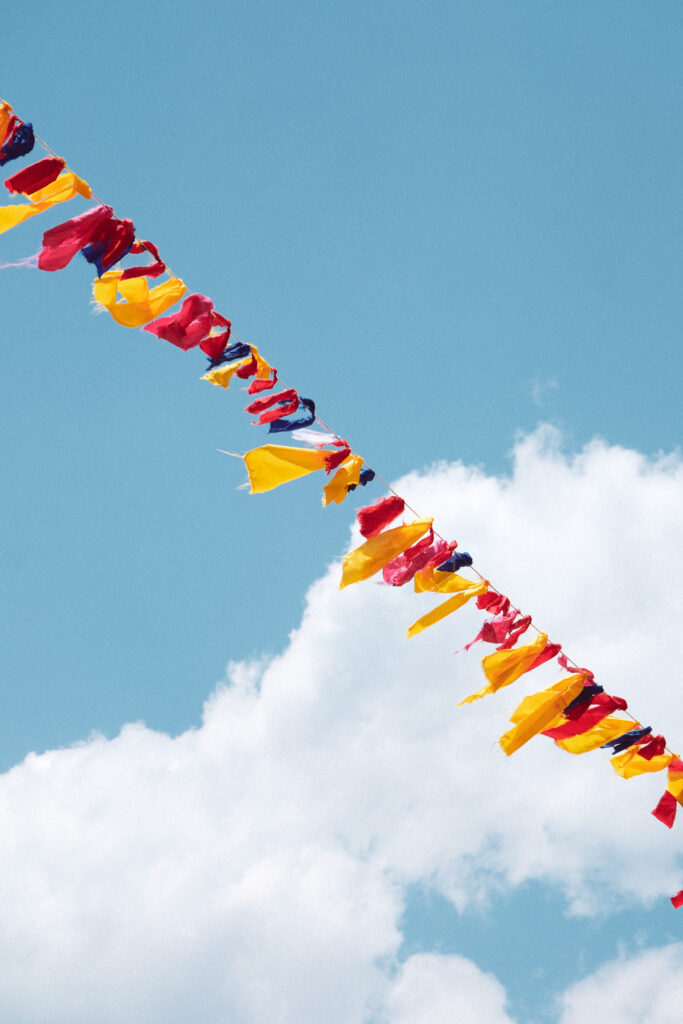
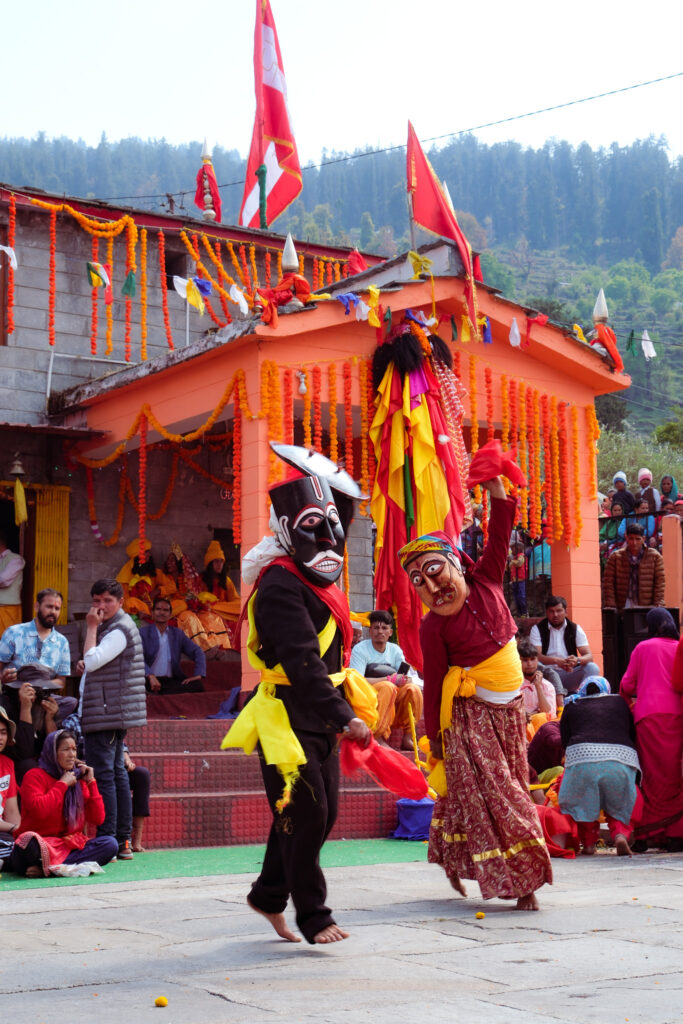
Oral Transmission and Community Role
All aspects of Ramman are passed down orally: no formal scripts, scores, or choreographies exist. Knowledge is held collectively and sustained through annual repetition. The festival involves the entire community—from the performers and priests to musicians, costume makers, and organizers. Each caste and household has a designated function, and participation is considered a civic and spiritual duty.
This deeply localized model of heritage preservation offers a counterpoint to standardized cultural events. Ramman’s continuity depends not on external funding or publicity but on the intergenerational transmission of roles and responsibilities.
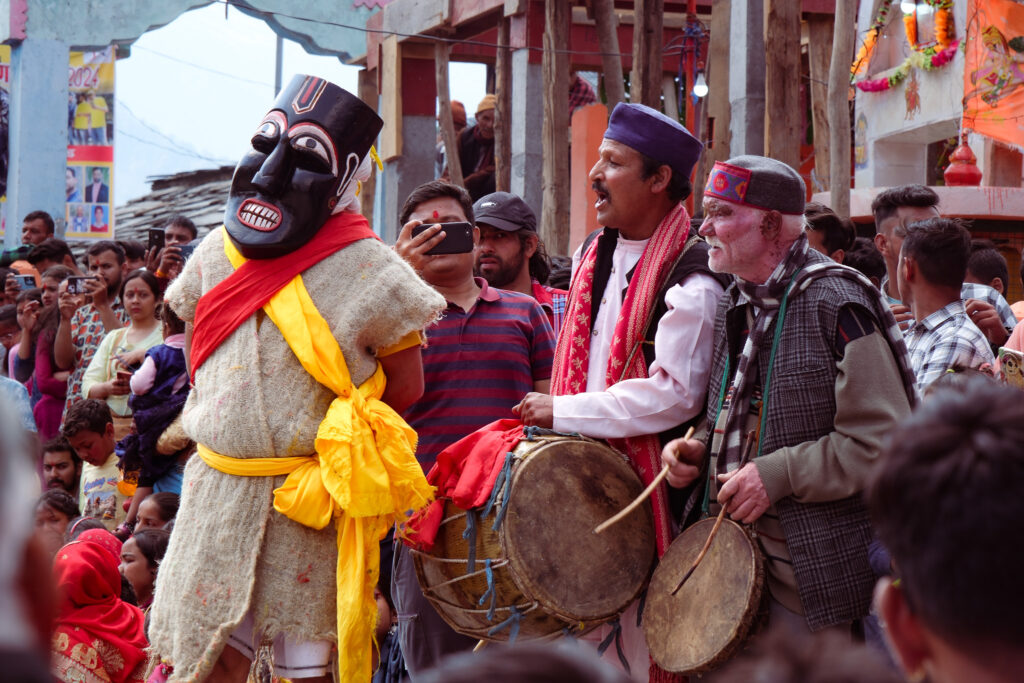
A Fragile Heritage
Despite its UNESCO recognition, Ramman remains vulnerable. Outmigration, especially of younger generations seeking education and employment in urban centers, threatens the continuity of this tradition. There is also limited infrastructure or institutional support to document or archive the performances. Without consistent local engagement, the oral transmission cycle is at risk of breaking.
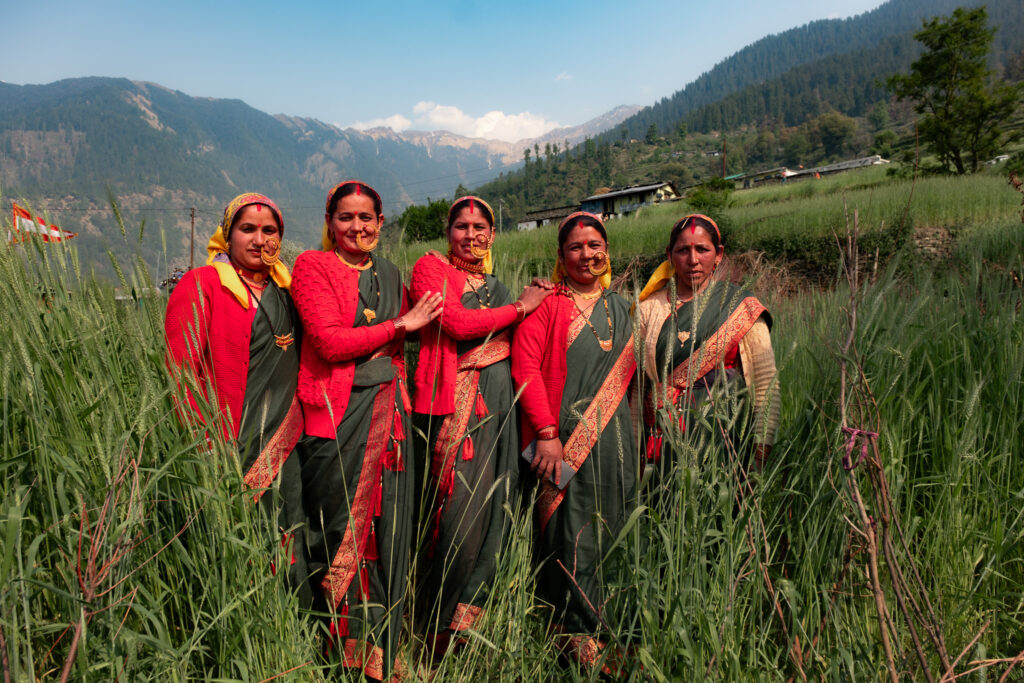
Ramman represents a rare form of ritual theatre that has survived in isolation, shaped by geography, community, and devotion. Its existence in a single village in Chamoli district of Uttarakhand underscores both its uniqueness and its fragility. For scholars of folklore, anthropology, and performance studies, Ramman is a compelling case of how traditional knowledge systems can be sustained outside of institutional frameworks. For those in the region, it is an ongoing embodiment of identity, faith, and collective memory.
How to Reach?
Starting from Rishikesh drive on Badrinaath highway towards Joshimath. Approx. 6 km before Joshimath, take a right at Sailang village and drive until you reach Saloor Dungra. Total distance: 260 km (8 hours).
Where to stay?
There are very less stay options in Saloor Dungra village. Either you can stay in Joshimath, where you will find homestays, hotels and resorts. Otherwise stay in Urgam Valley at YogMatra Eco Homestay. From Urgam Valley you can do a daytrip to Ramman Festival, which is approx. 36 km away.
